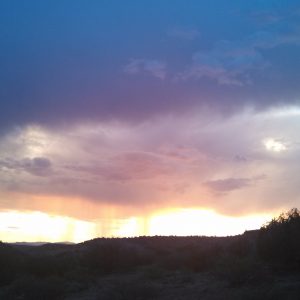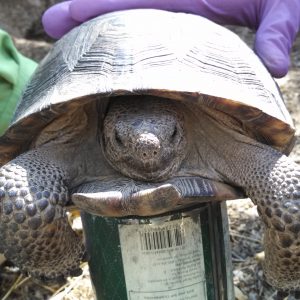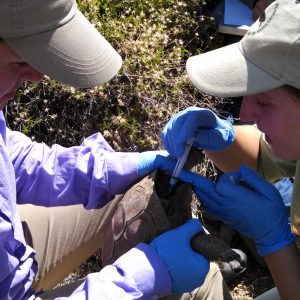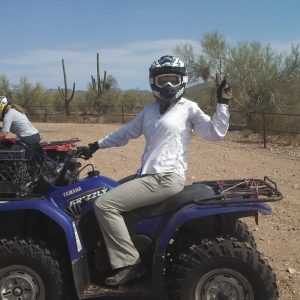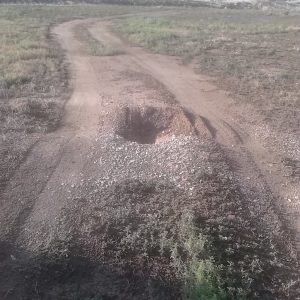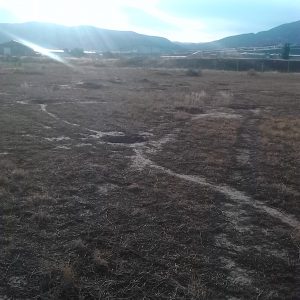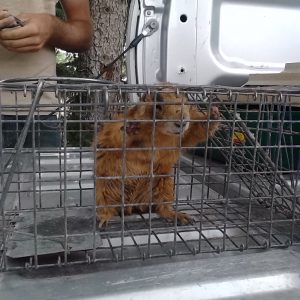Sometimes it can be easy to fall into the rhythm of working: put in your hours, go home to eat and relax, go to bed ridiculously early, and get up ridiculously early to do it again. Thankfully, when the rut gets a little too deep, sometimes all it takes to remember why we love our jobs is a step back and a conversation similar to the following:
“I’m going camping in a beautiful forest tomorrow with biologists from across the state to look at lynx habitat.”
“Wow!”
“You’re right, my job is awesome.”
I adore the desert and hate to see how underappreciated it is, but I am thrilled to be going to the forest for a change of pace.
And speaking of change of pace… I have recently learned how to do wildlife clearances on GIS. GIS, as always, is a powerful tool that will be invaluable in my professional life, but is also a pain in the butt. The first rule I have learned about GIS and Trimble GPS is: if it doesn’t work today, try it again tomorrow; in all likelihood it will magically work. On GIS’s good days, I have been having a blast playing around with the layers and learning about sensitive species, important management areas, and modeling habitat.
Although office work is decidedly less fun and glamorous than field work, it is nice to get a true taste of the duties required of government employees. I hate to make decisions haphazardly so it is important to me to gather as much information about my potential career as possible.
I am a proponent of gathering information and weighing costs and benefits in all major decisions. This is because from my personal experience at the BLM, I have seen how decisions made many years ago have a large impact on today’s land management. For example, the BLM now constantly monitors willow growth and regeneration to rectify problems with stream bank erosion, loss of fish habitat, warming waters, sedimentation, and more. Needless to say, the absence of willows has caused its fair share of headaches to BLM employees and ranchers alike. Only recently did I learn that the willows are no longer present because they were purposely removed. Just 30 or 40 years ago, it was a common practice to spray and kill willows to make more water available for grass growth. I am continually amazed at how decisions of the past shape land management for years to come.
Now that I have completed two months of this internship, it’s time to start looking for jobs again. The CLM program has taught me some incredibly valuable things about myself and the kinds of jobs I may be interested in. I value everything I have been exposed to during my two internships so far. The least glamorous but potentially most important thing I have learned is that I am not cut out for searching for jobs and relocating every 5-6 months. A year and a half out of college, and I am ready to commit to graduate school or a permanent position!

